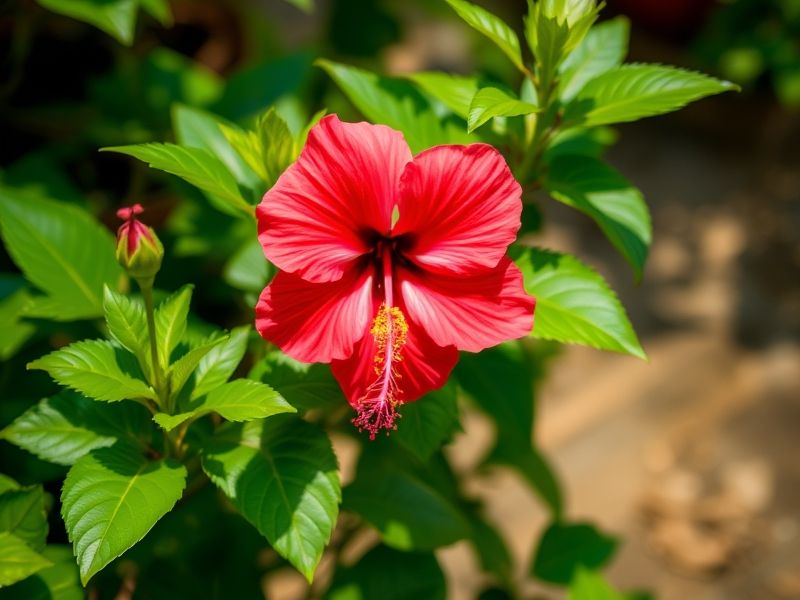
hibiscus flower - Environmental Benefits
Embarking on a Journey with Hibiscus for a Greener Planet
Let us begin a journey, a voyage of discovery into the world of "Hibiscus for a Greener Planet." Imagine transforming your backyard into a lush, green sanctuary—not just for aesthetic pleasure, but more importantly, to contribute to a healthier, greener Earth. In this verdant haven, one small yet remarkable player stands out: the tropical gem known as Hibiscus, or as we affectionately call it, "Hibiscus."
The name "Hibiscus" evokes the vitality of summer, captivating not only the human heart but also serving as a natural eco-warrior. This vibrant flower supports biodiversity, a cornerstone of nature's intricate balance. Its blossoms are not just picturesque; they are a vivid splash of color in the natural world, attracting countless butterflies and bees. These tiny creatures, while busily collecting nectar, also ensure the transfer of pollen, enabling plants to reproduce and thrive.
You might wonder, how does the Hibiscus plant contribute to promoting biodiversity? The answer lies not only in its ability to attract butterflies and bees but also in its role as a sanctuary for numerous small insects. It provides a safe and comfortable habitat, fostering a harmonious coexistence of all life forms. This creates a virtuous cycle, collectively maintaining ecological balance.

Sustainability is an increasingly urgent pursuit, and each of us has a responsibility to practice it. Hibiscus plays an indispensable role in this endeavor. Beyond beautifying our gardens, it highlights the charm of ecological landscaping. Compared to other plants, Hibiscus boasts superior restorative capabilities. It can absorb harmful chemicals from the soil, aiding in environmental purification—a key reason for its inclusion in sustainable landscape design. Imagine waking up each morning to a Hibiscus-filled oasis, breathing in the fresh air, and feeling a sense of inner peace. Isn't this tranquility and harmony the essence of the green life we aspire to?
Another crucial role of Hibiscus lies in maintaining ecological balance. It is not only beautiful but also possesses a strong ecological conscience. In areas requiring natural intervention, Hibiscus is always at the forefront, helping to sustain species diversity and promote the stability of Earth's ecosystems.
Having understood the role of Hibiscus in supporting biodiversity, let us reflect on this: when you plant Hibiscus in your garden, you are not merely admiring a beautiful flower; you are becoming a guardian of nature. You are not just cultivating a plant; you are nurturing the health of our planet, providing a better living environment for future generations.
Let us, with Hibiscus as our companion, work together to create a greener, more harmonious future. Whether in urban or rural settings, in the small corners of our homes or vast natural spaces, let us plant seeds of hope. Guided by Hibiscus, let us stride towards a more beautiful, greener planet.
Hibiscus for a Greener Planet—let us start with a single seed, sowing hope for the Earth, infusing every inch of land with the vitality of life and the promise of green. Here, Hibiscus is more than just a plant; it is a symbol of our pursuit of natural harmony and ecological balance.
So, the next time you plant, do not forget to choose Hibiscus. Let its beauty and strength blossom in your hands, becoming a small yet significant part of creating a greener planet. Together, let us make our Earth more beautiful and full of life!
